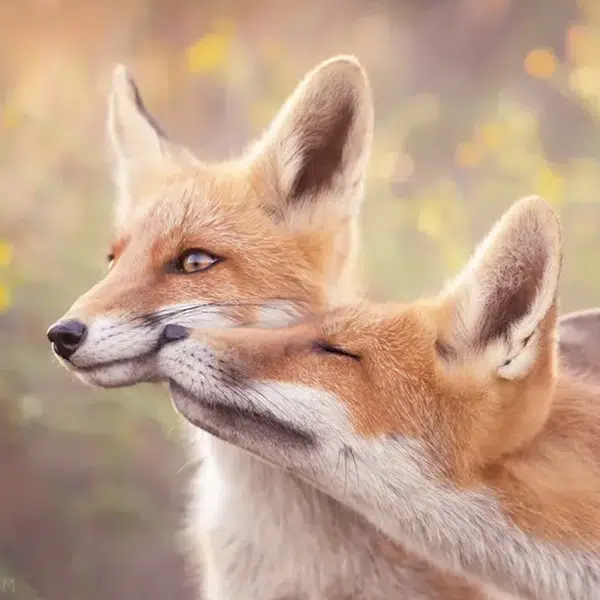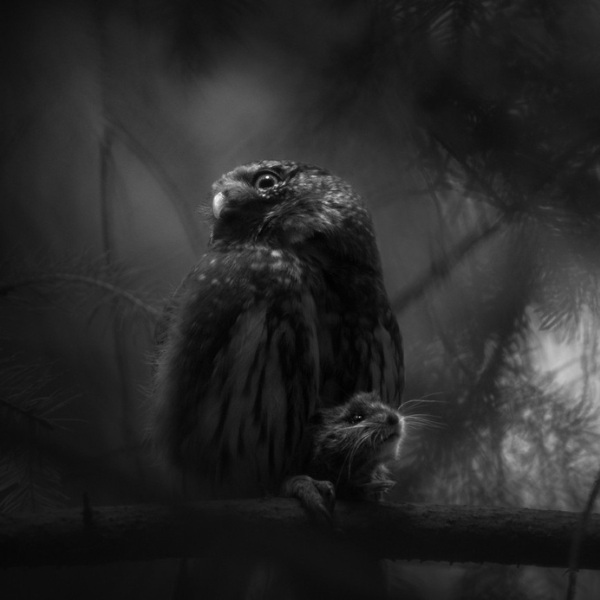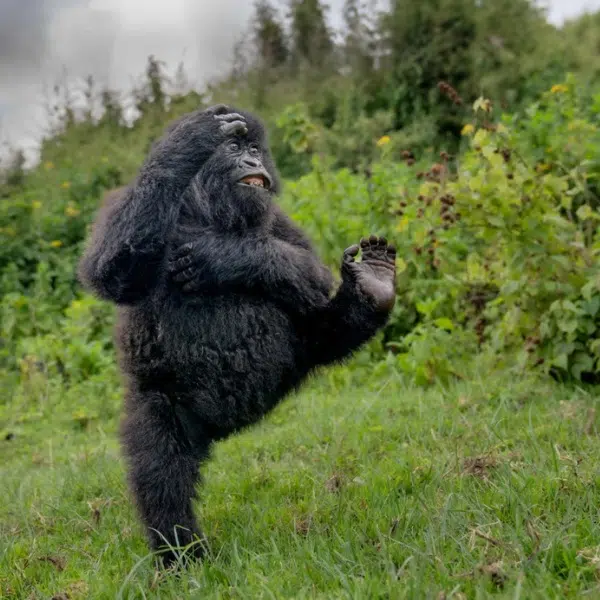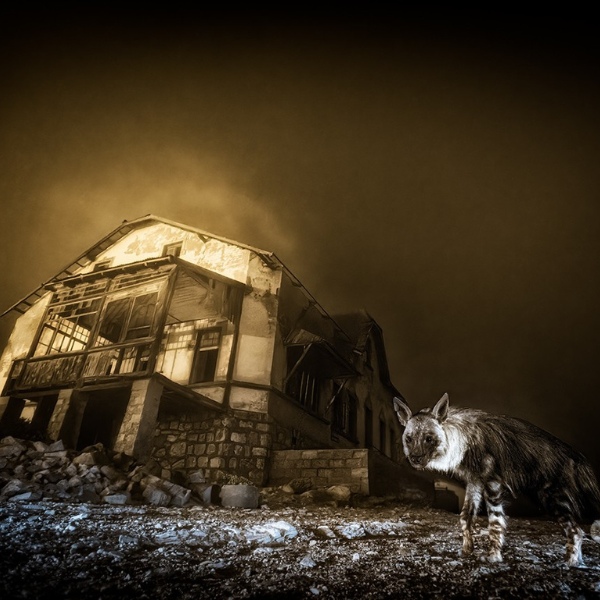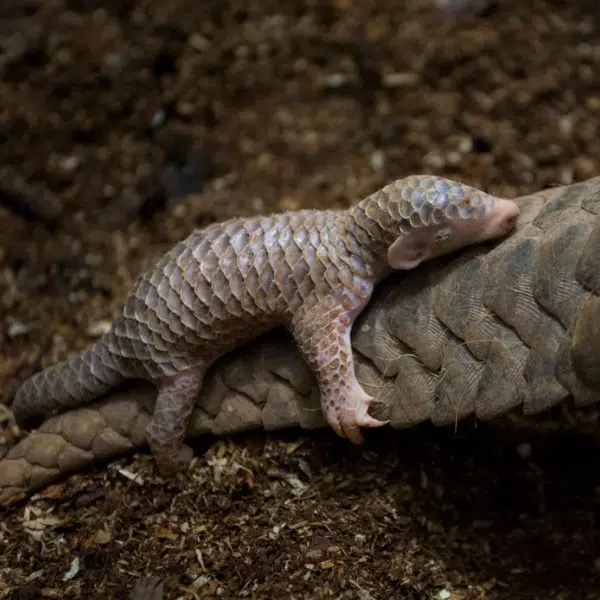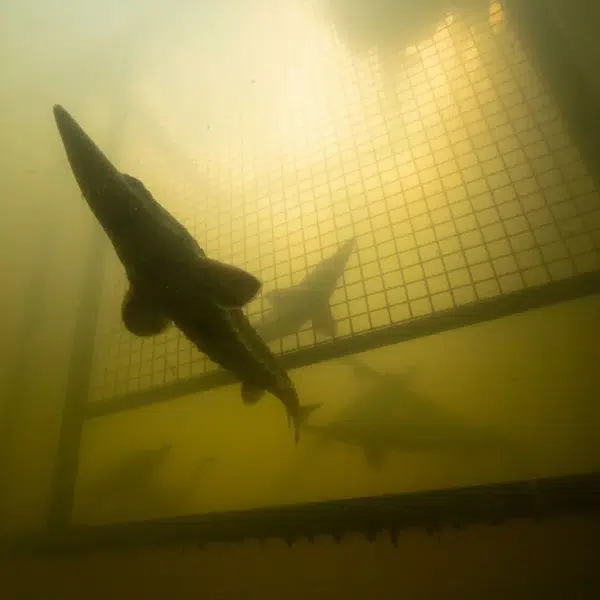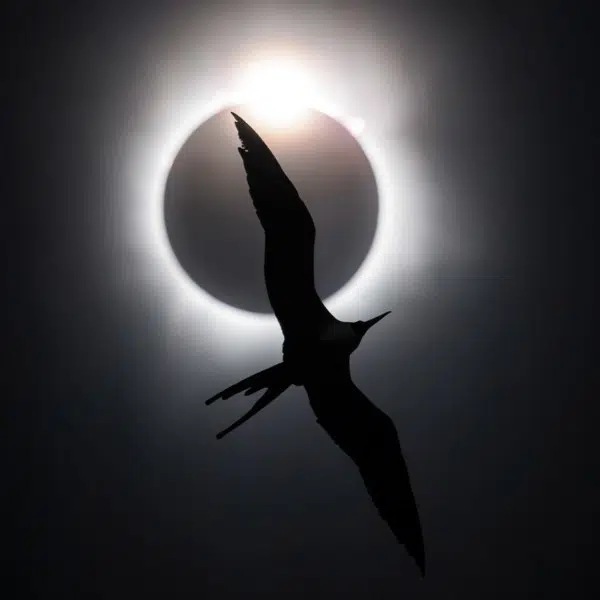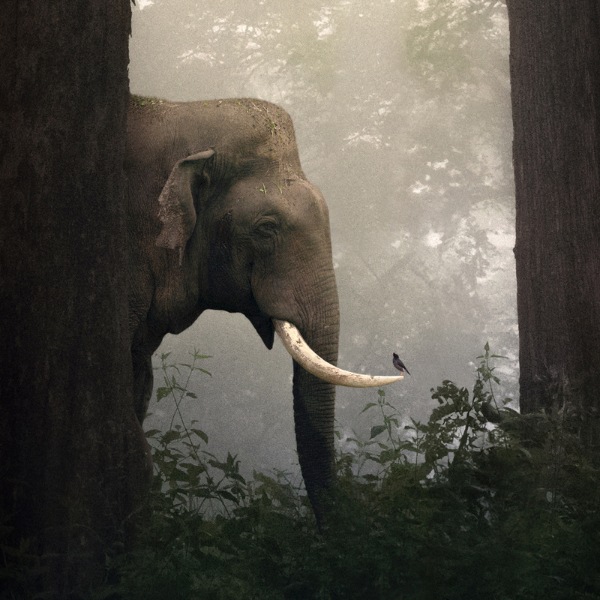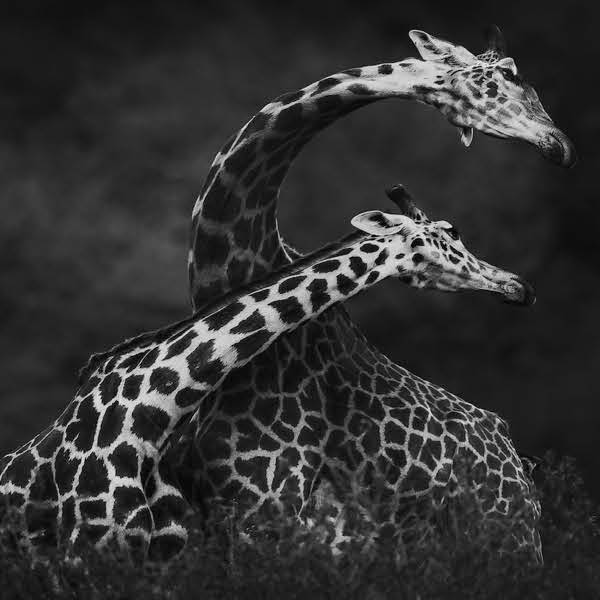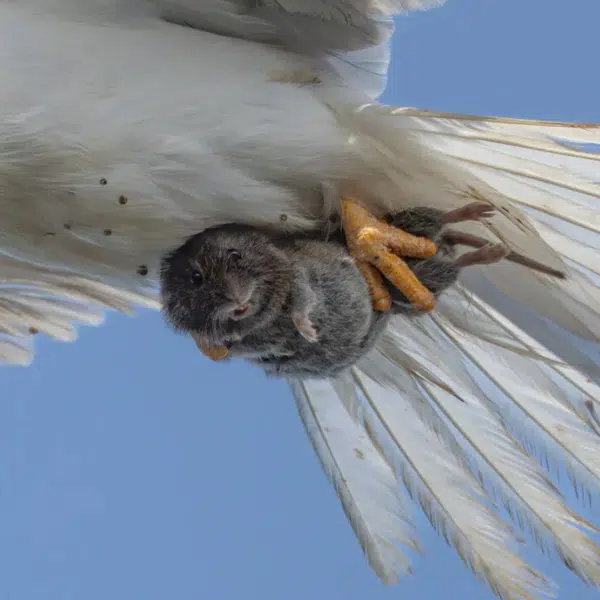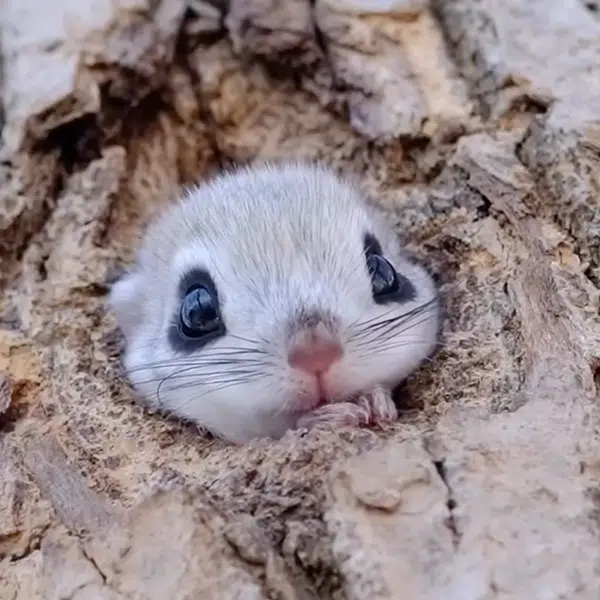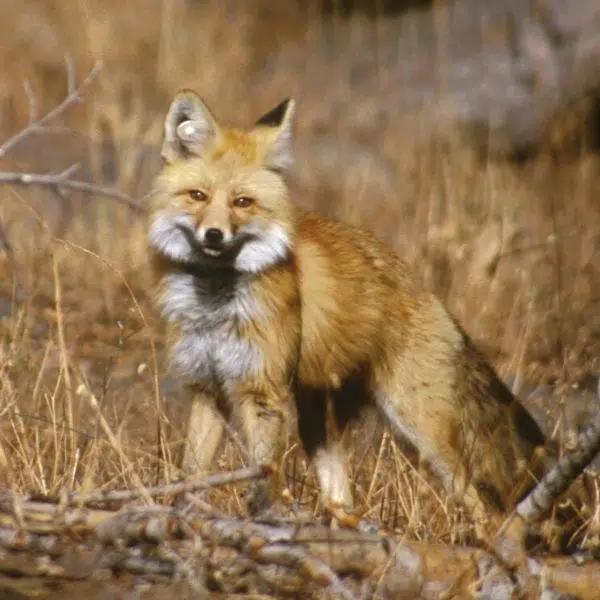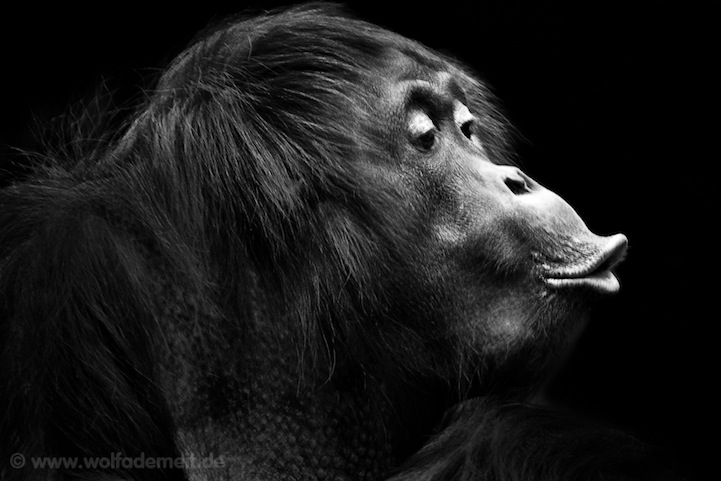
German photographer Wolf Ademeit captures expressive portraits of zoo animals. Rather than focusing on wildlife in their naturally beautiful habitats, Ademeit finds charm and personality in the colorful facial expressions of his subjects alone. The series, known simply as ANIMALS, presents a number of monochromatic portraits that get in close and isolate each model against a black backdrop, forcing the viewer to take in the majestic beasts' faces, fur, and demeanor.
As dangerous as most of these animals are, the photographer reveals an exquisite array of how loving and simply beautiful they can be. More than simply keeping a visual record, Ademeit provides an artistic portrayal that is often reserved for human portraiture. He says, “Only a few photographers use the photography of animals in zoos as an art form. I think this is a missed opportunity…With my pictures I would like to move the photography of these animals in the focus of the art photography and show photos which are not only purely documentary.”
Ademeit's incredibly artistic collection of images offers a wide range of emotions, capturing every grimace, ferocious roar, tender kiss, and twinkle in the varied creatures' eyes. Looking through the photographer's vast portfolio, it has proven difficult to select only a handful to share. Be sure to check out the the entirety of the series on Ademeit's website. Also, we were lucky enough to get in contact with the photographer and ask him a couple of questions. You can read that brief interview, below.
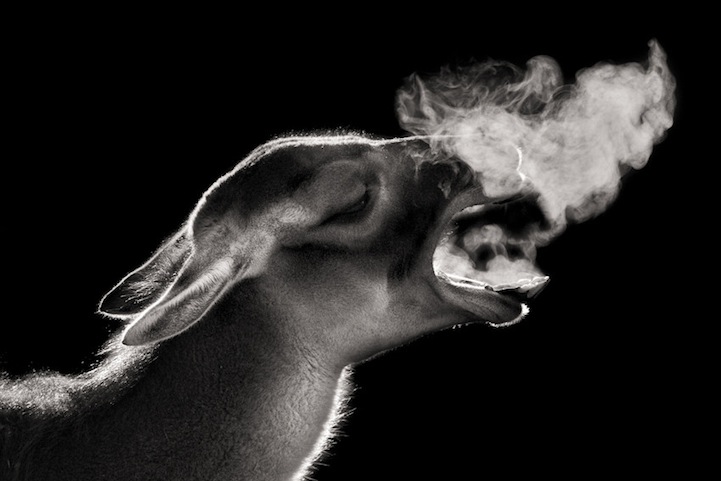
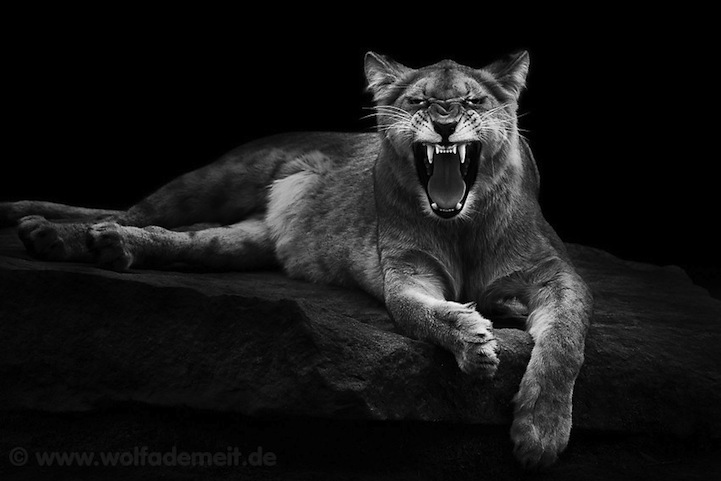
The animals in your portraits are incredibly expressive. I imagine it takes a great deal of patience to get such interesting results. Can you explain your process?
As an animal photographer you need a lot of luck and you must be patient, waiting for the perfect position of an animal. You must alway be ready to take a photo because most of the time the animal is in a good position only for a second. It makes a big difference, if eyes, ears, head and body aren't in the position you prefer (by the way, most of the time I work with the single shot modus or the lowest continued mode of my camera). It took 5 years to finish my ANIMALS series that you can see on my website. For this series I had strong rules about the size, the black background and of course the b&w use. All pictures are taken special for this kind of use. During the shoot I did't care about colors or anything else around. I was concentrated only on the animal and its position, nothing else. Maybe that's what makes the pictures so impressive.
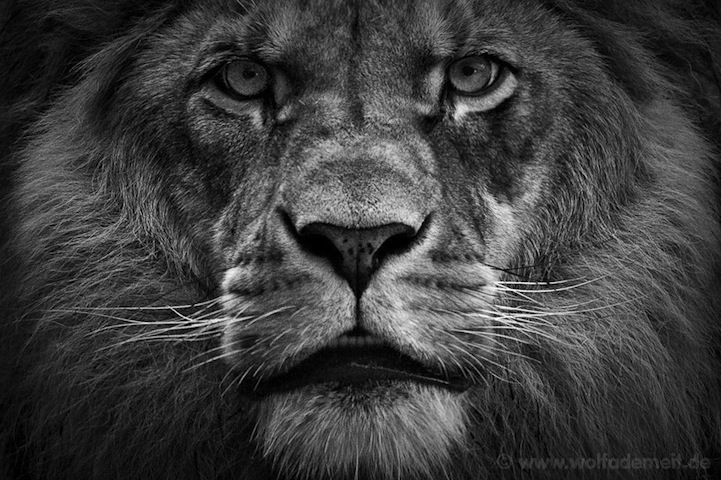
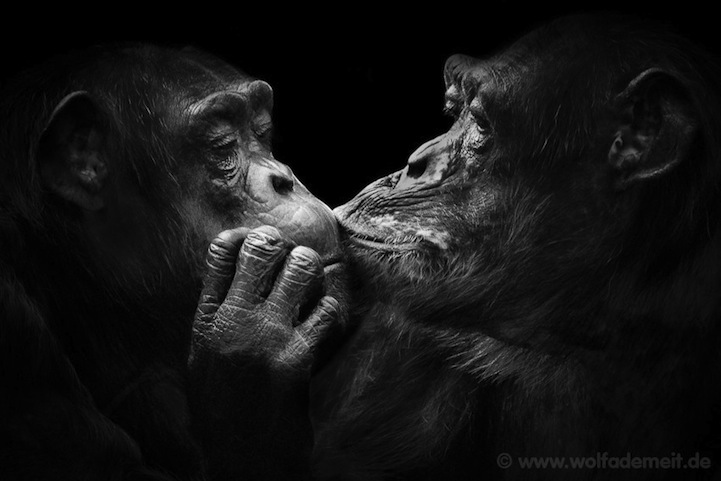
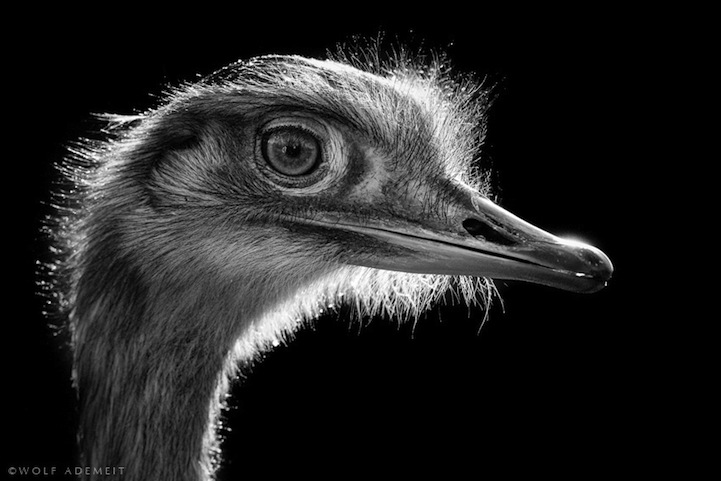
The quality and depth of your prints are so sharp, to the point where we're able to see every strand of hair on a lion's mane. How do you get in so close to your subjects?
The answer to this question is easy. I used a Sigma 50-500mm lens for most of my pictures. As the camera body I used a Sony A100, A700 and A900. Most of the time I used the full image size with only a little bit of cropping to align the image. I always use RAW for the capture and Lightroom for the b&w process, including the black background creation. For the export to Photoshop (850px wide) I don't use sharpening. The final finish and sharpening I do in Photoshop is always on the final, sized image. I never use an automatic sharpener or any preset. Each one is handmade for this specific image. Very helpful are the filters from NIK and Topaz, to find a good looking sharpness.
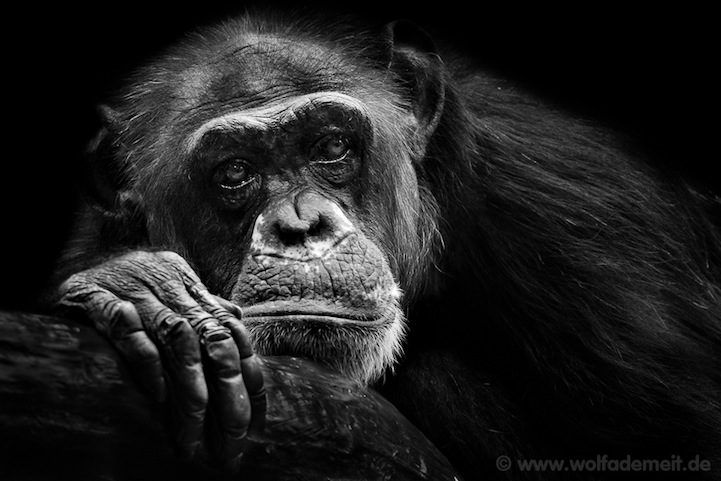
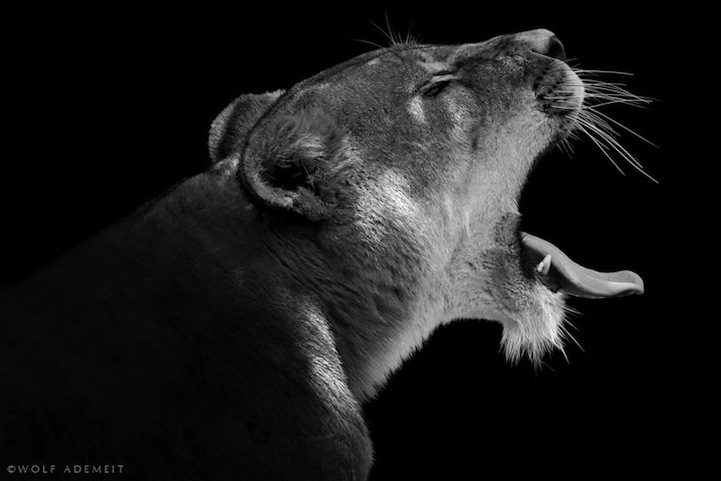
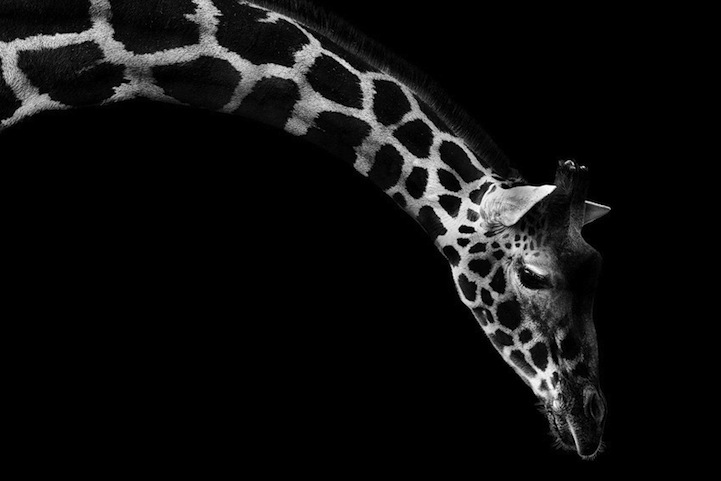
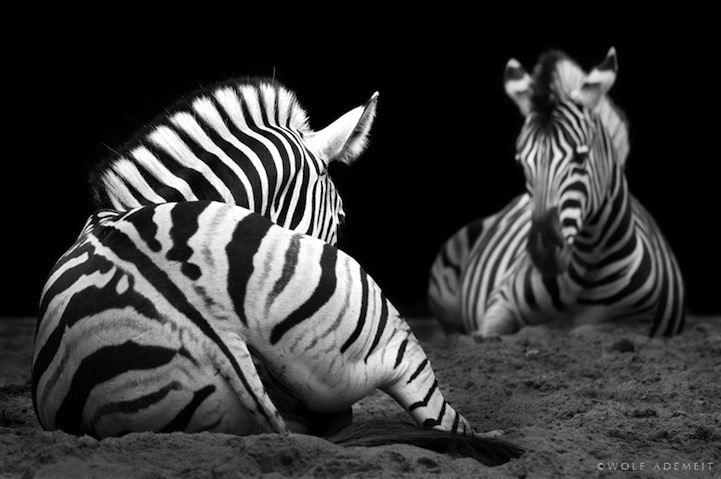
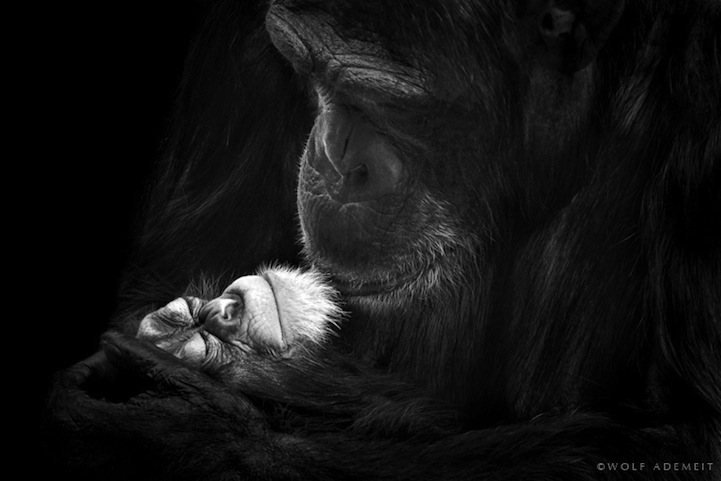
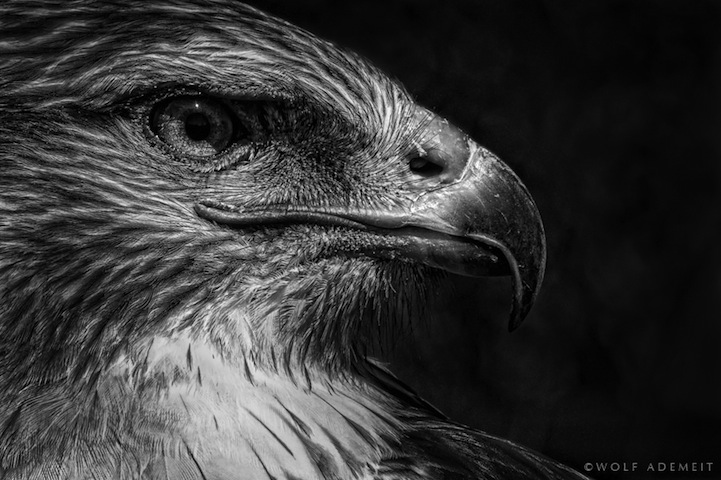
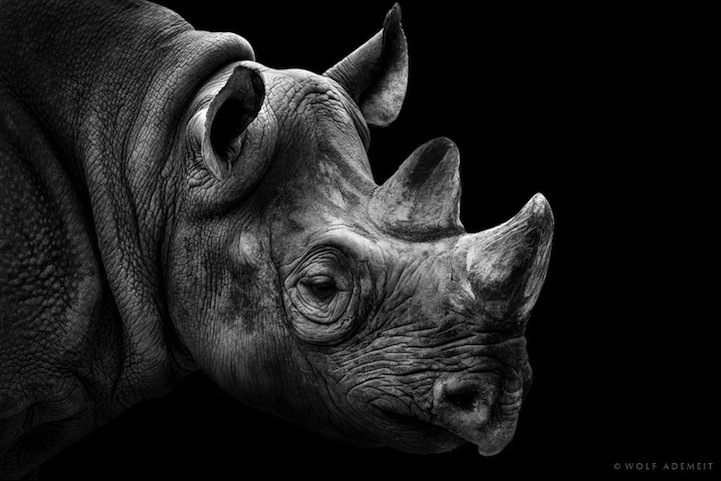
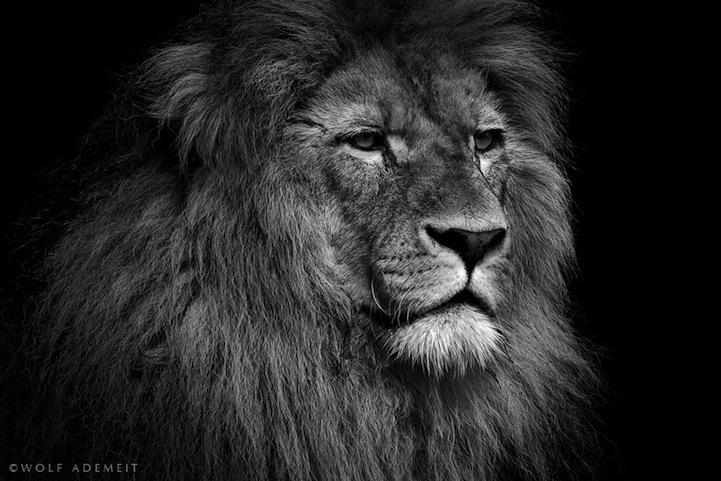
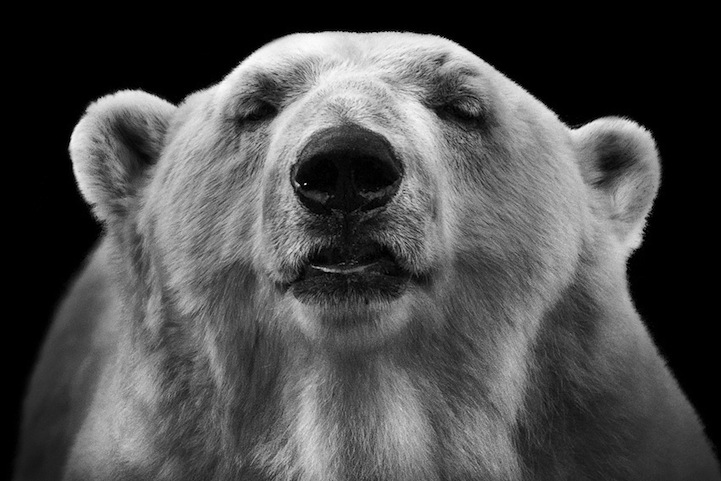
Wolf Ademeit website
Thanks for the interview, Wolf!











































































